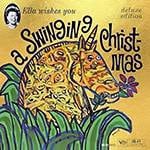The Musician Who Continued to Evolve, Part IV Quincy Jones in Memoriam
This is Part IV of my memorial project for the renowned American Producer Quincy Jones (titles below omitted).
In my previous issue, we took a look through Quincy Jones' solo albums and I introduced albums that marked a turning point in the progressive and sophisticated nature of Quincy’s music.
This time, I will talk about the album that is considered to be the pinnacle of Quincy Jones' career and how and why it came to be.
Quincy Jones’ Mastery of Sophistication
Quincy has said, “Half of a producer's job is done when he finds the right song.” This is how big the element of songs are to Quincy and this is the reason why the songs on Quincy's albums are all so great. Another important factor is the vocalist.
Many of the vocalists that Quincy chose to appear on his albums have since gone on to become household names, such as Luther Vandross, Patti Austin, and James Ingram.
Furthermore, the great thing about Quincy’s music is that it’s not limited to vocalists alone, but the vocals are backed by top-notch performers. It’s the amalgamation of the fantastic singing and playing that make the music coexist on the same vector.
The coexistence of the quality of the music, the quality of the vocalists, and the excellence of the instrumentalists creates something new, and this is what gives Quincy Music its sophistication.
■ Recommended Album: Stuff Like That (1978) by Quincy Jones
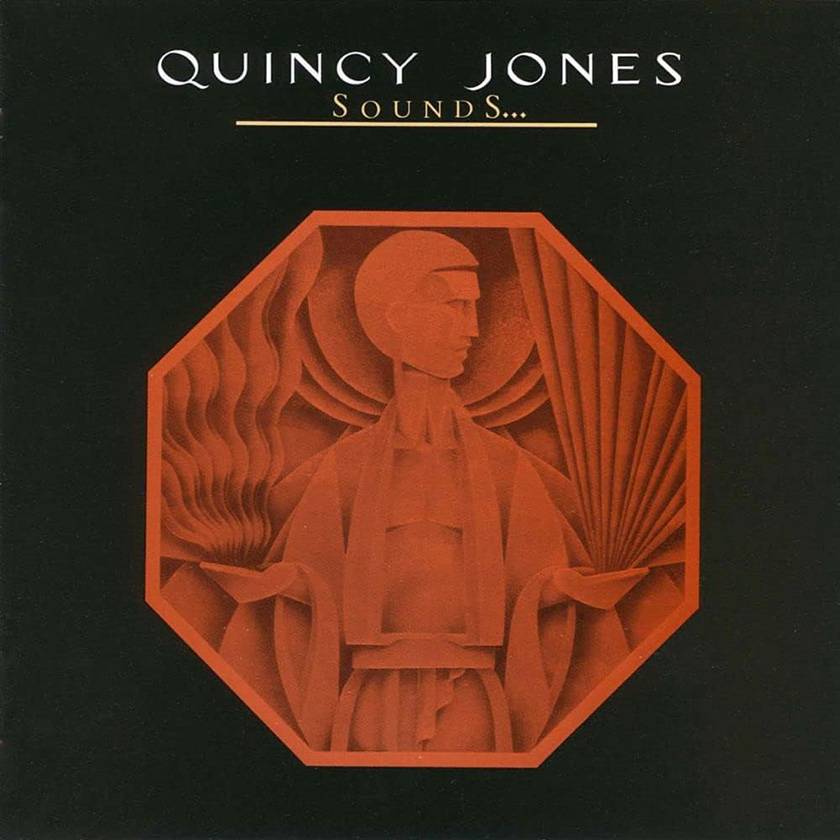
Quincy Jones' masterpiece and the best-selling album of 1978 are packaged with the best moments of black music.
The album brought together the best of the New York-based Quincy connections, including members of Stuff, the most seasoned and powerful group at the time that included greats like Chaka Khan and Patti Austin. The album went on to reach platinum in the United States.
Recommended Song: “I'm Gonna Miss You in the Morning”
This original song was written and composed by Quincy Jones himself. It is one of the top five ballads of all time.
The cohesive duet between Luther Vandross and Patti Austin, then unknown black singers, is superb.
Richard Tee's floating Fender Rhodes piano with small stones (phaser) vividly depicts the unstable love triangle between a man and a woman.
The wonderful rhythm section of Steve Gadd (dr.) and Anthony Jackson (b.), which develops from the chorus, is also noteworthy. Anthony's zigzagging bass line is perhaps the best part of the song.
The listener can hear the refinement in Quincy's music, which has become more pop-oriented, from the conventional black music bracket to a chart-topping hit.
Recommended Song: “Takin' It to the Streets”
A song by the Doobie Brothers keyboardist Michael McDonald. The first time I heard him, I thought Michael McDonald sounded like a black singer but he’s 100% white . This song answers the question of what happens when black musicians cover a song written by a white guy.
The tempo doubles in the second half of the song and the bass line lays down a four-beat line that’s very interesting.
You can hear a part of Quincy's influence that crosses over from black music to white pop music.
■ Recommended Album: Quincy Jones, The Dude (1981)
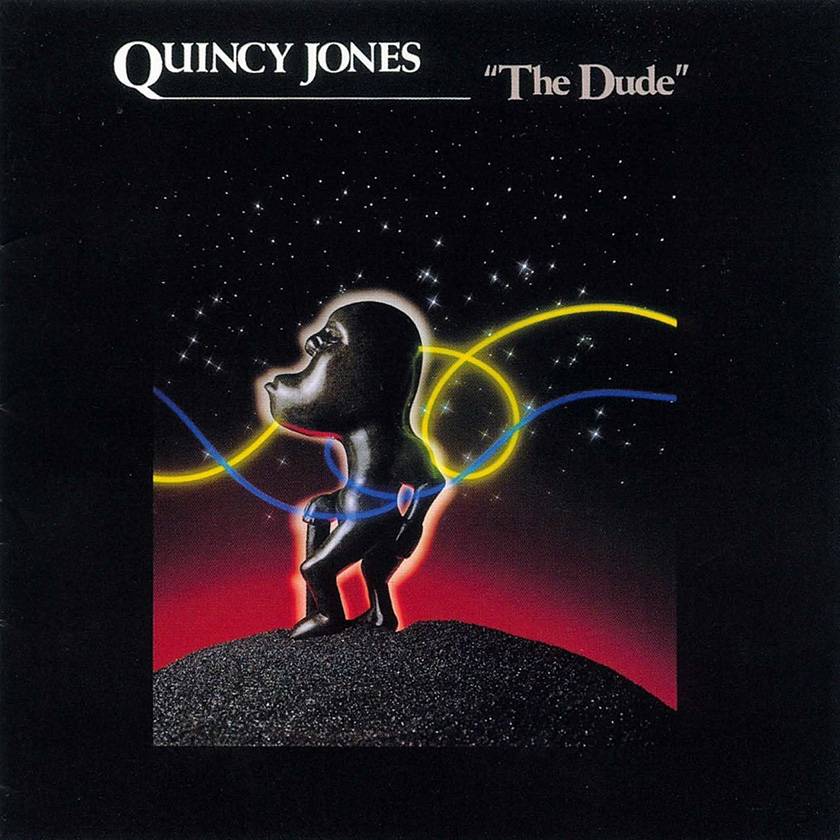
Quincy Jones' mega-hit album that was released in 1981. The title track opens with a crunchy disco tune. Other songs include jazz, Brazilian, and funk, all of which are gorgeous in their own way. “One Hundred Ways”, for example, is the kind of pop song that could have made the charts. The synthesizer solo by Greg Philingains is also pop. This album was Quincy Music's most pop-oriented album to date.
Recommended Song: “Just Once”
A classic song by hit-making songwriters Barry Mann and Cynthia Weil. Barry and Cynthia are also white. The performing members are the guitarist from the band TOTO Steve Lukather, Robbie Buchanan and David Foster on acoustic piano, and David also plays Rhodes piano. This song has more white players among its members and the percentage of black players is lower than on the previous album. Needless to say, the result is closer to pop and rock music. For example, the difference between the acopia played by a black player and that played by a white player can be clearly heard in this song, and this is a change in Quincy’s music.
The vocalist for this song is James Ingram, a black singer discovered by Quincy. James' vocals have a strong pop-leaning impression that has not been present in Quincy's music.
The influx of white people into Earth, Wind, and Fire has raised the quality of the band in a sense, but it has also taken something out of the most important aspect of a black band.
Quincy Jones' music also seems to have become much more pop on this album, but the vocals of James Ingram and Patti Austin support the core of black music just in time.
The reason his album did not fade away like EW&F, in my opinion, is because Quincy's selective eye was able to maintain the identity of black music to the very end.
In fact, Quincy's subsequent albums introduced black music in a big way, including rap music.
Recommended Song: “Veras”
This is a well known song from Soul Bossa Nova that was released in 1964. Quincy also had a deep knowledge of Brazilian music.
Quincy's perspective then turns to Ivan Lins, the creator of the new Brazilian music. Ivan is no black man either.
The music written by Ivan Lins presented the “saudade” of beautiful Brazilian music in a new way. This is what caught my attention.
Quincy picked harmonica virtuoso Toots Sielmans as the lead player because he believed that a song with a beautiful melody does not need lyrics.
The sound of Toots' harmonica as he sang Ivan Lins's melodies was, needless to say, the best expression of Ivan's music.
Musicians, albums, and recommendations that were featured in this issue
- Artists: Quincy Jones, Barry Mann, Cynthia Weil, David Foster, Ivan Lins
- Albums: Stuff Like That, Collider of Love
- Recommended songs: “I'm Gonna Miss You in the Morning,” “Take It to the Street,” “Just Once,” “Veras”
The “sound & person” column is made up of contributions from you.
For details about contributing, click here.











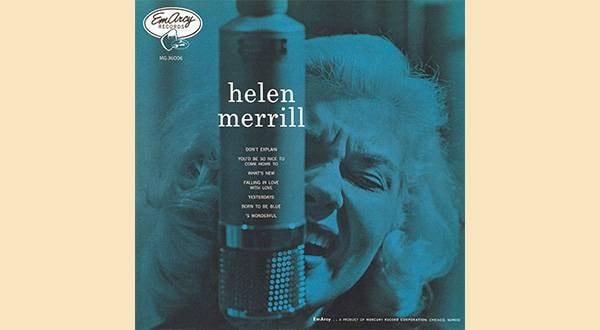
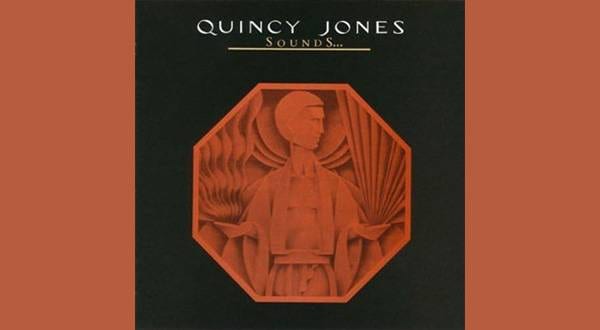



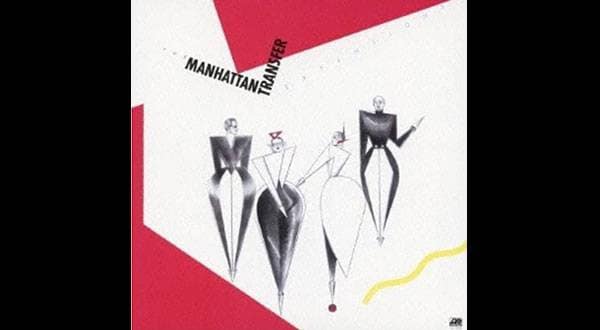
 Sennheiser ボーカルに最適なマイクの選び方
Sennheiser ボーカルに最適なマイクの選び方
 BOSS ボーカル・エフェクターのススメ
BOSS ボーカル・エフェクターのススメ
 厳選!人気のおすすめモニターヘッドホン特集
厳選!人気のおすすめモニターヘッドホン特集
 スピーカーとパワーアンプの選び方
スピーカーとパワーアンプの選び方
 ワンランク上のボーカルマイク選び
ワンランク上のボーカルマイク選び





